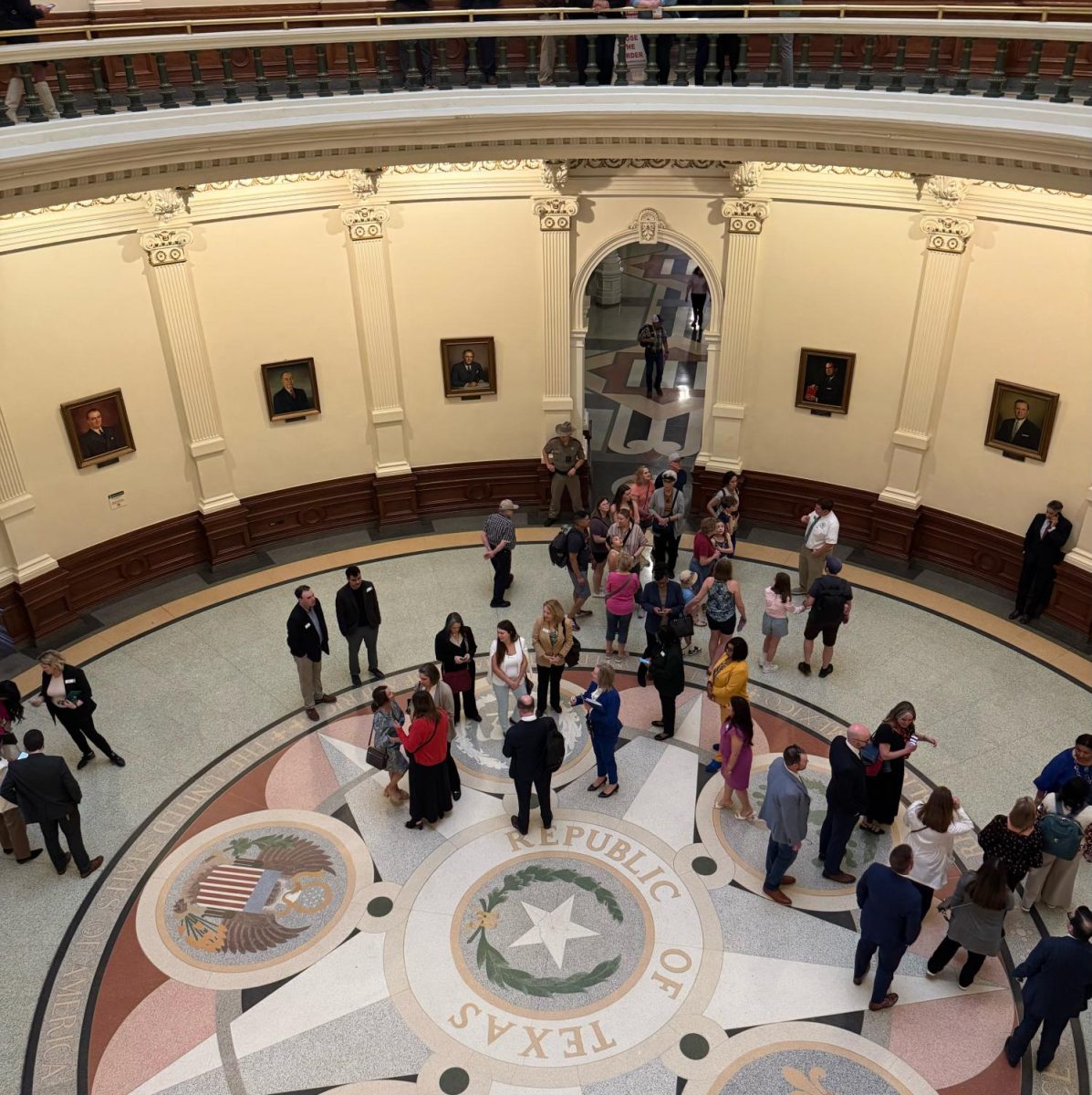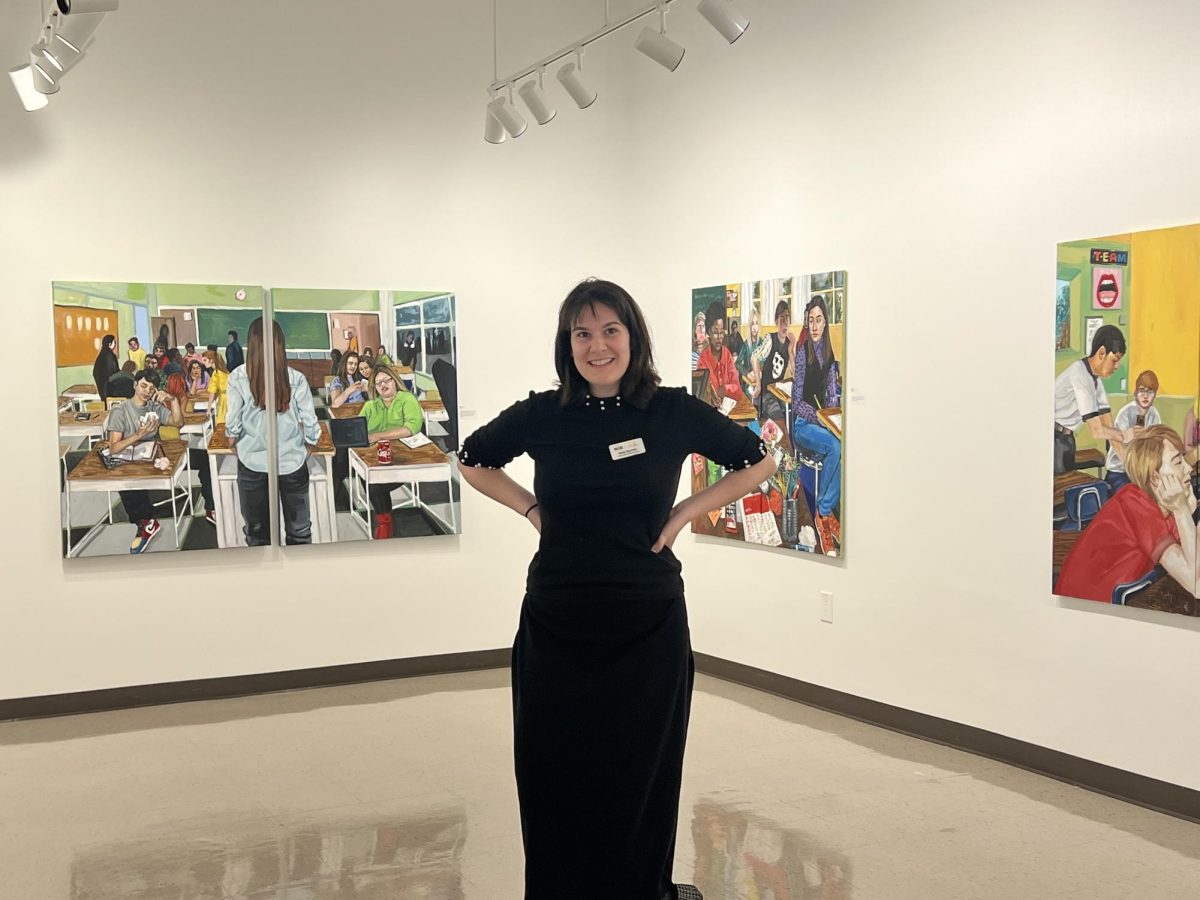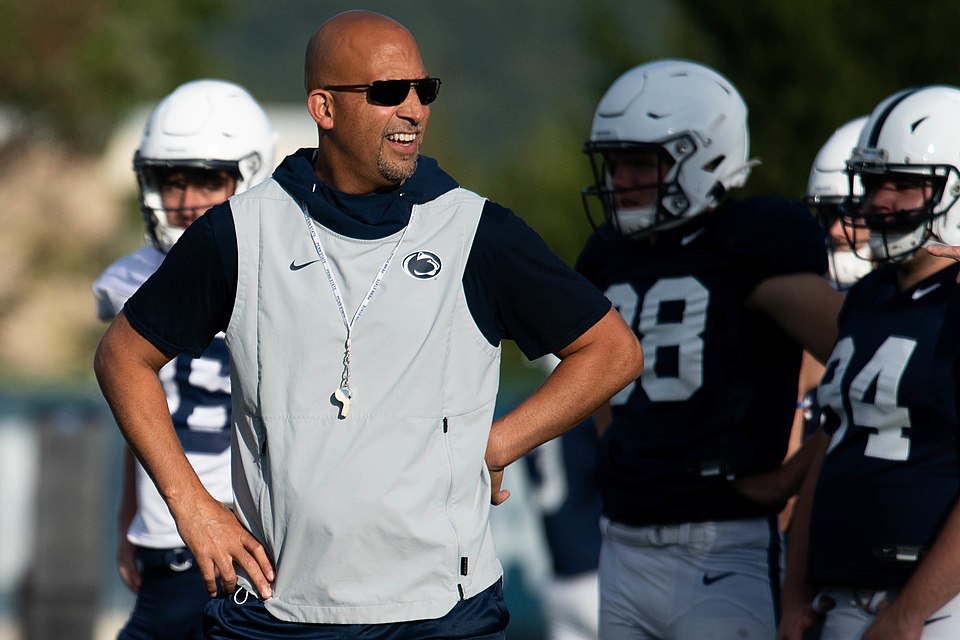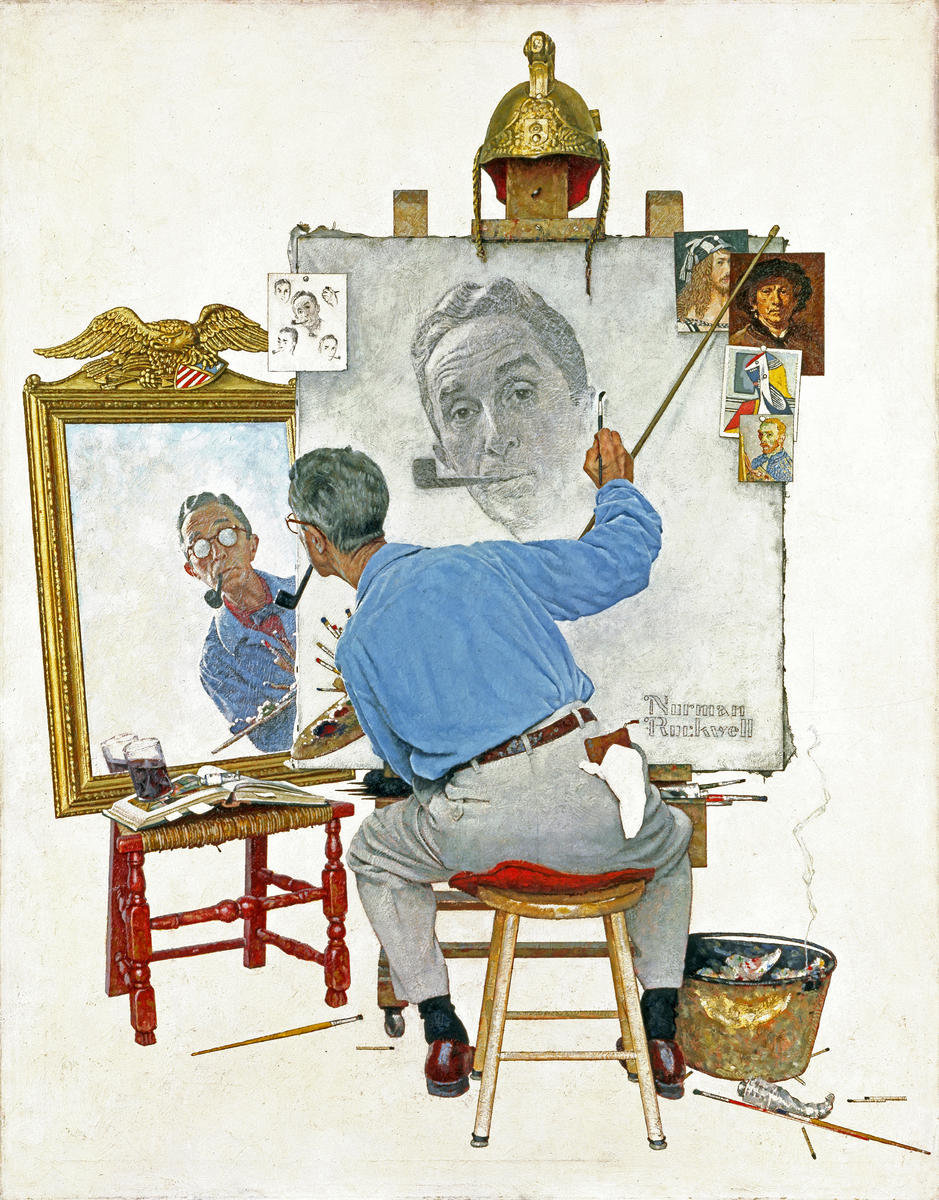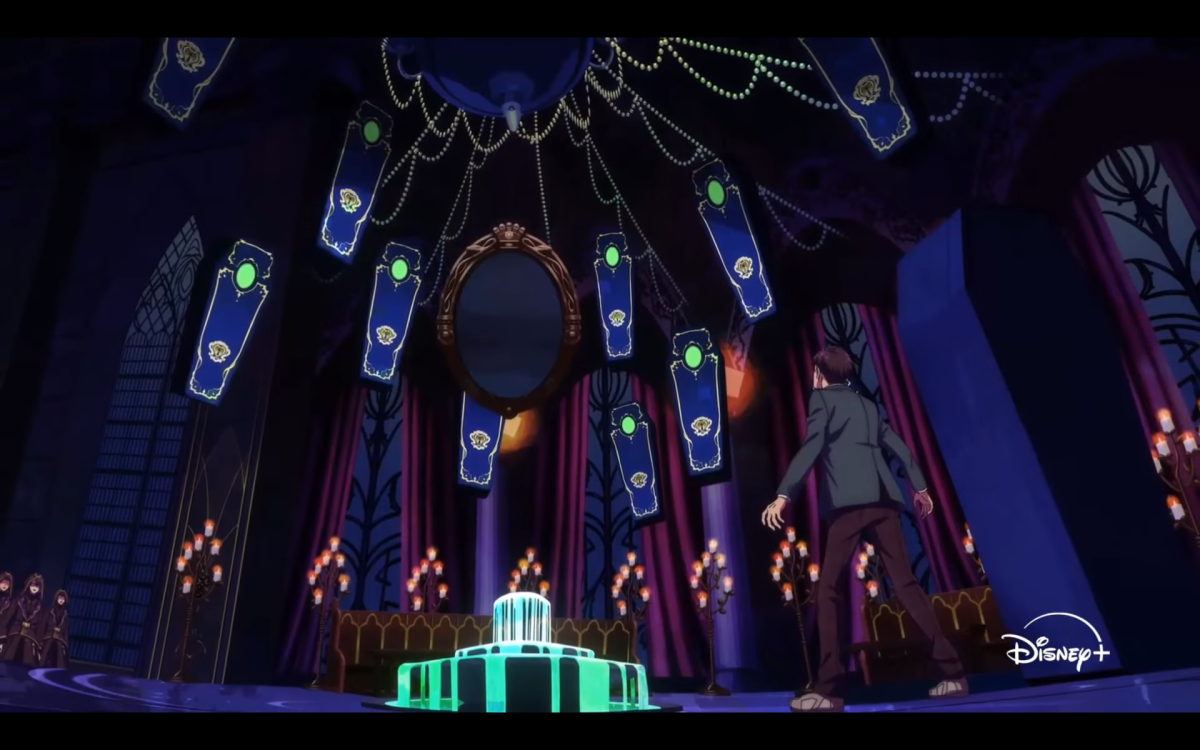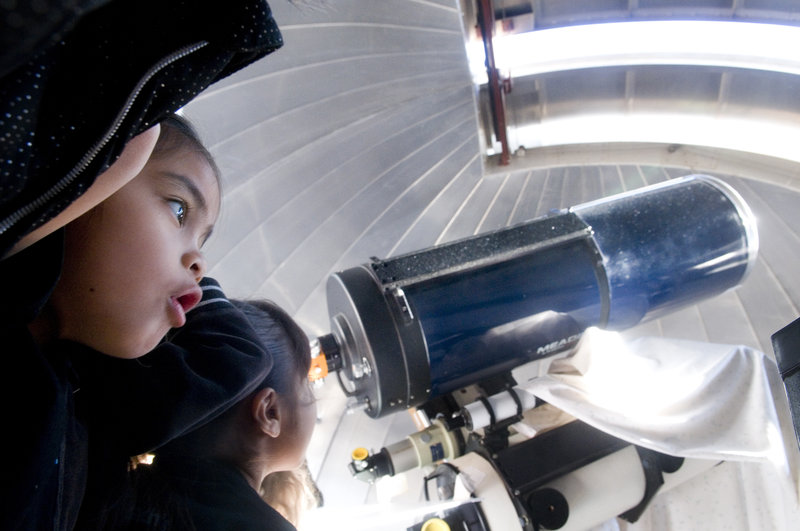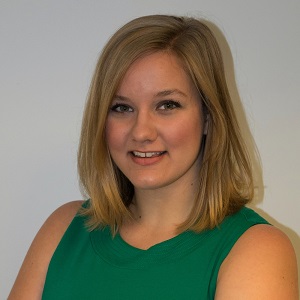Fort Bend Astronomy Club looks to stars
(AP Photo/The Victor Valley Daily Press, James Quigg)
Zia Amba, a first grade student at the Academy for Academic Excellence watches the observatory doors move during the school’s Astronomy Day Friday, Jan. 23, in Apple Valley, Calif.
January 30, 2015
The Fort Bend Astronomy Club holds monthly meetings in HCC-Southwest Stafford campus’ Scarcella lecture hall. On Friday, Jan. 16, 7– 9:30 p.m., the group featured lectures on the moons of our solar system and the how the world’s largest telescopes are created. The club’s meetings are free and open to the public.
Justin McCollum spoke on the Moons of Our Solar System from Jupiter to Neptune. “A lot of these moons are actually humiliating the Earth; one has more water and another has more fossil fuels than Earth.” McCollum was talking about Jupiter’s Europa and Saturn’s Titan respectively.
McCollum called Europa the arctic moon, its surface is solid water ice. The moon is believed to have more than twice as much water than the planet Earth. After his presentation he explained, “Europa has about 3 billion cubic kilometers of water. That means, for every 8 oz. glass of water you have here on Earth—fresh or salty—you have 2 and a quarter 8 oz. glasses of water [on Europa].”
Saturn’s Titan is notable, among other characteristics, for its abundance of fossil fuels. McCollum explained more afterward, “When I talk about Titan, I’m talking about the hydrocarbons—the basic chemical of fossil fuels. You got these lakes that are probably about two hundred times greater than all the proven oil reserves on Earth. And all that dry, airy dessert is basically solid hydrocarbon particles…But if you were to compare their energy density to that of coal, they would surpass the coal reserves of the totality of the Earth.”
When asked after his presentation why people should study astronomy, McCollum said, “You’d be astonished how much understanding of the geology of these planets we can compare to the geological history of our own Earth. Studying the history of the solar system, well, that knowledge can basically help us understand more about the Earth itself in terms of how lucky we are to live on this planet and take care of it, because look at all these extreme environments! Not a lot of these places are habitable to live. I mean, if you were to do a manned mission to Jupiter, the only moon you would really want to land on is Callisto because the radiation is pretty safe…”
The second speaker was Bill Spizzirri, who talked about the Steward Observatory Mirror Lab at the University of Arizona in Tucson. The lab is in the business of creating the largest telescopes in the world. Larger telescopes have more light gathering capability and can produce better images of the universe.
Telescope mirrors were originally created with a flat disc of glass which was shaved into a curve. Spizzirri emphasized how labor intensive making telescope mirrors was in the past, “You grind it, and grind it, and measure it. If it’s not right, you grind it and grind it again for hours.”
The mirror telescope on Mt. Palomar was the world’s largest till 1993 with its 5 meter, 14 ton mirror. It was believed that a mirror larger than 5 meters couldn’t be made. “It would be too big to cast. Too much to grind. Too heavy to ship. Too heavy to focus. Too much money to make,” Spizzirri explained.
Change came when a revolutionary mirror making process was inspired by how when water spins, it naturally curves up the edges of the container into a parabolic curve. With the water spinning method, glass is melted, spun, and cooled into shape inside a giant oven—no grinding needed. Less glass is used which saves money. It also produces superior images of the universe. “It’s a win-win-win-win-win-win situation,” Spizzirri concluded.
These spin cast mirrors are created at the Steward Observatory Mirror Lab. “Nobody is making bigger mirrors, and as far as I know, no one else spins them—and that’s the fun part,” said Spizzirri.
Likely coming in 2022, the Large Synoptic Survey Telescope or LSST will record images of the cosmos with a three-billion pixel digital camera. Also, The Giant Magellan Telescope is coming soon to Chile’s Atacama Desert. It will have seven 8.7 meter mirrors, all spin cast at the Steward Observatory Mirror Lab. The GMT will have a resolving power 10 times greater than the Hubble Space Telescope and will be the biggest telescope in the world.
An audience member asked what job backgrounds are needed to work at the mirror lab. Spizzirri said, “These guys are engineers. Engineers from all different backgrounds. There are only a few astronomers in the mirror lab.”
One student in attendance was homeschooled seventh grader, Madison Dillon. About the speakers’ presentations, she said, “I learned about how the mirrors were made; I thought that was really cool with all the different processes.”
The Fort Bend Astronomy Club hosts free and public meetings every third Friday of the month at HCC Stafford, 10041 Cash Road. Their next meeting is on Feb. 20, 7– 9:30 p.m. and will feature a lecture from Joe Dellinger on asteroid research. Visit: www.fbac.org






